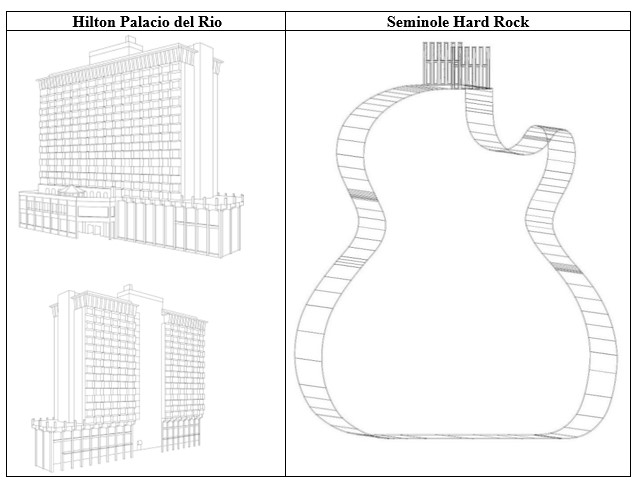The US Court of Appeals for the Federal Circuit remanded a Trademark Trial & Appeal Board decision, finding that the Board incorrectly analyzed several DuPont factors, improperly disregarded the DuPont factor regarding third-party registration on similar goods, permitted the opposer to succeed without a showing of identical marks for identical goods used in the marketplace and predicated its comparative analysis on the incorrect mark. Spireon, Inc. v. Flex Ltd., Case No. 22-1578 (Fed. Cir. June 26, 2023) (Mayer, Reyna, Dyk, JJ.)
Spireon filed a trademark application for the mark FL FLEX for use in connection with “[e]lectronic devices for tracking the locations of mobile assets in the nature of trailers, cargo containers, and transportation equipment using global positioning systems and cellular communication networks.” After the Examining Attorney approved the application, Flex opposed registration on grounds of priority and likelihood of confusion with Flex’s previously registered marks: FLEX, FLEX (stylized) and FLEX PULSE.
The Board sustained Flex’s opposition based on its analysis of the DuPont factors for evaluating likelihood of confusion. There are a total of 13 factors that together form the underlying factual findings upon which the legal conclusion of likelihood of confusion is made. Not all factors are relevant in every case.
In its consideration of the first DuPont factor (the similarity of the marks), the Board addressed the strength of Flex’s marks, including the marks’ conceptual and commercial strength. The Board weighed five marks—FLEX (in three relevant commercial contexts), LOAD FLEX VALUE FLEX—and concluded that the third-party evidence did not show that Flex’s marks were either conceptually weak or inherently distinctive. The Board then considered the similarity of the marks, analyzing Spireon’s FL FLEX against FLEX, FLEX (stylized) and FLEX PLUS (rather than the actual mark FLEX PULSE). The Board found the marks highly similar and concluded that the first DuPont factor supported a finding of likelihood of confusion. The Board also addressed three other DuPont factors that it considered relevant, but no others. Spireon appealed.
The Federal Circuit reversed. The Court found that the Board erred in not considering the sixth DuPont factor, “[t]he number and nature of similar marks in use on similar goods.” This factor requires an evaluation of conceptual strength and commercial strength. Conceptual strength focuses on the degree to which a mark is descriptive in that it “directly and immediately convey[s] some knowledge of the characteristics of products.” Commercial strength focuses on the “marketplace recognition value of the mark.”
The Federal Circuit explained the relevance of third-party registrations and their bearing on a mark’s conceptual strength, noting that the Board erred in assigning a low probative value to 15 composite marks of record. The Court explained that composite third-party marks are relevant to resolving the question of whether the “shared segment—in this case, ‘flex’—has a commonly understood” meaning in the pertinent field and to the crowded nature of the field in which the flex root is used. As the Court explained, proof of use or non-use is material because the sixth DuPont factor only considers [...]
Continue Reading
read more

 Subscribe
Subscribe



